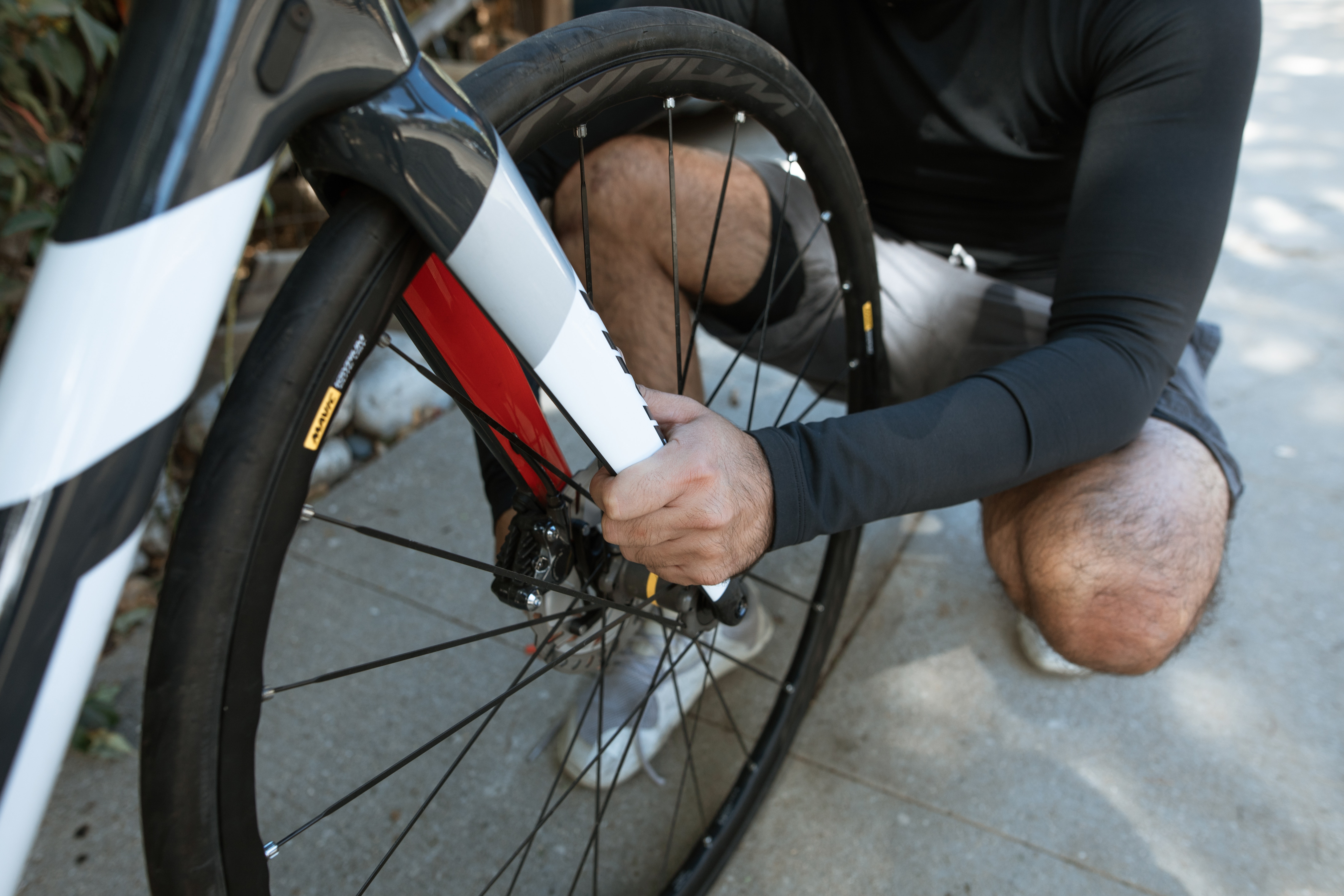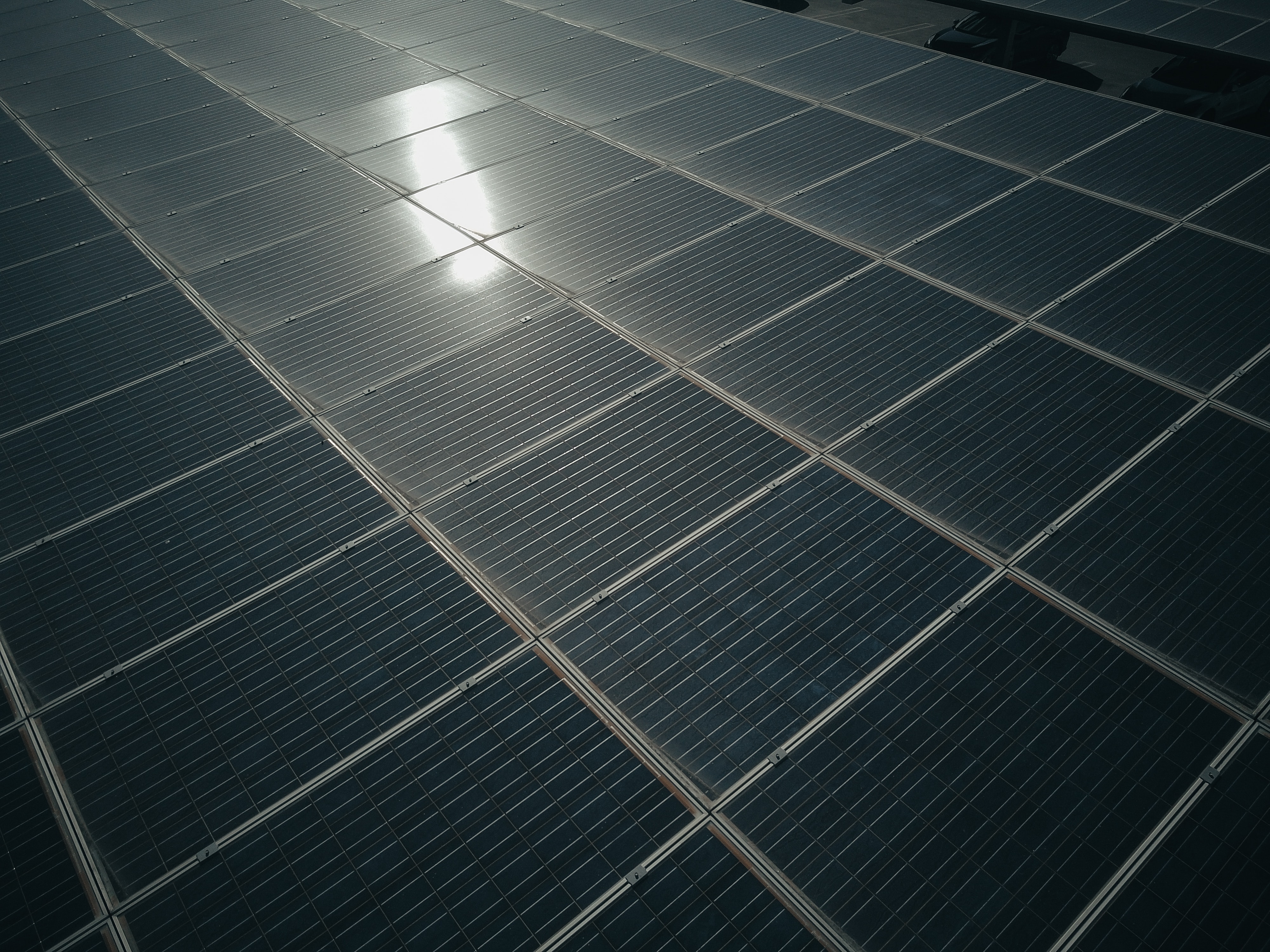We talk about the circular economy a lot. Sometimes it might seem like a pipedream. Or it might seem like a particularly difficult thing to achieve for your company. And if we’re completely honest it is. But not for the reasons you think.
The most difficult part of establishing a circular economy is changing the way we think and behave. We need to move away from a linear model of make, use and dispose and to the circular model. That means changing how we think about componentry. A motor from an old bike can be refurbished to give it new life on the next for example.
On a technical level moving to the circular economy can be achieved by keeping in mind a few steps. So while you are trying to shift your business to a circular model try to remember the following steps.
1. Examine Your Current Processes
The first step to developing a circular economy model is to assess where you currently are. It’s all well and good to start recycling frames but you need to understand whether that’s your biggest issue first.
Look at what kind of waste you produce annually and how much you produce. Are you using a huge amount of fresh aluminium or is the production method you’re using generating a lot of waste? If you’re using recycled aluminium efficiently then this isn’t where you should be focused.
Instead maybe the wheels you’re using are made with entirely fresh rubber. There are companies out there that offer recycled rubber tubes. Targeting this area of your production will have a much greater impact on your progress towards a circular economy.
2. Design For Reuse
This is where the circular economy really starts. Bikes need to be designed with reuse in mind. Whether that bike will be used for replacement parts or be refurbished and sold on to a new rider it needs to be easily fixable.
That means that repairing components shouldn’t need specialised tools when a standard tool can work. Equally components shouldn’t be designed in a way to make them fit multiple frames. Now they probably won’t fit all frames, that’s ok. But they shouldn’t be designed hyper-specifically to a certain model either.
Bikes need to be designed so that at the end of life raw materials can be easily separated from one another to be used in the next bike. We need to do this in order to create a production loop which will limit our usage of fresh raw materials.
3. Engage With The Right Groups
So you’ve designed your bike with reuse in mind. Everything can be easily repaired with standard tools. Every part can be reused as raw materials in a new bike. Components can be stripped off and put onto a new frame hassle free. But, when you source your components all of them are made with brand new raw materials.
If you don’t source your parts from the right groups then you aren’t really taking part in the circular economy. It’s great your bikes can be added to it but using new material on each new bike is still a linear economy model.
Do your research beforehand. Does the company you’re working with use recycled materials? Better yet, are they using a circular economy model already? If it’s neither, then look around some more. Plenty of companies are offering this already and as the circular economy grows it will get easier.
Finding the right groups doesn’t end with procurement though. What happens to your bikes at end of life? If there’s no way of getting them to a recycling centre or if you dispose of waste at a landfill then there’s a problem.
Deal with groups that will properly recycle and reuse your bikes. Companies like Bikeworks work to repair and upcycle bikes. By making sure bikes reach companies like them at the end of life we can extend the life of every part to its fullest.
4. Continuous Evaluation
You have designed your bike for the circular economy. It uses entirely reclaimed materials and parts. At the end of its life it’s going to be sent to the proper group to upcycle it. You might feel like giving yourself a round of applause, and you should. We’ll be doing it right alongside you.
That doesn’t mean you’re done though. To really engage with a circular model we need to continuously evaluate what we’re doing. Set targets. We can’t transition to a new model overnight. To begin you might still need to use fresh materials with a circular design. But at the same time next year you might be able to use mostly recycled aluminium.
By continuously evaluating our progress towards a circular economy we can make sure we make the changes that have the most impact. We can quicken the transition to a circular economy and we can celebrate the milestones we cross.
Once we change our way of thinking and behaving we can implement these four steps. As we transition to the circular economy we can reinforce those changes. Engaging in the circular economy is all about making the right choices and putting ethical production first.



